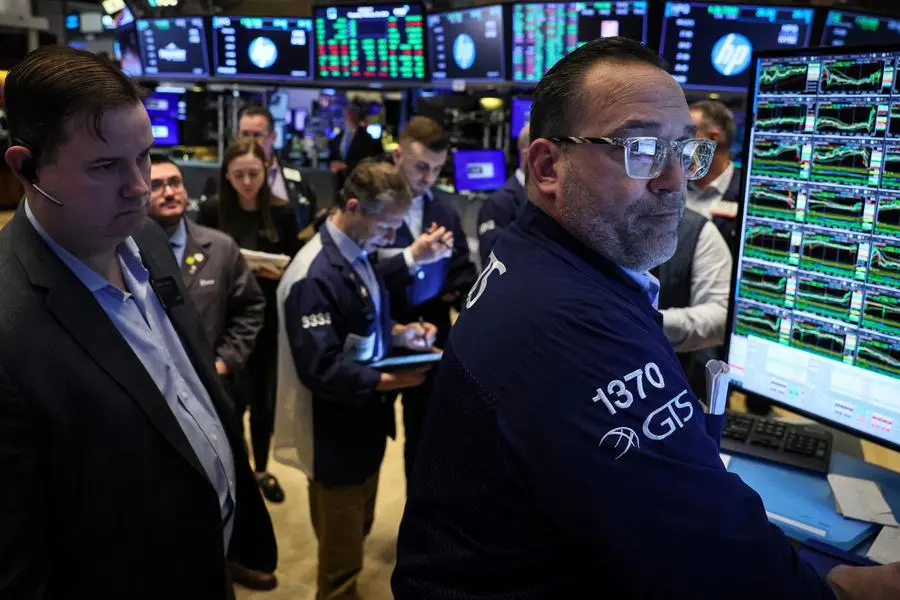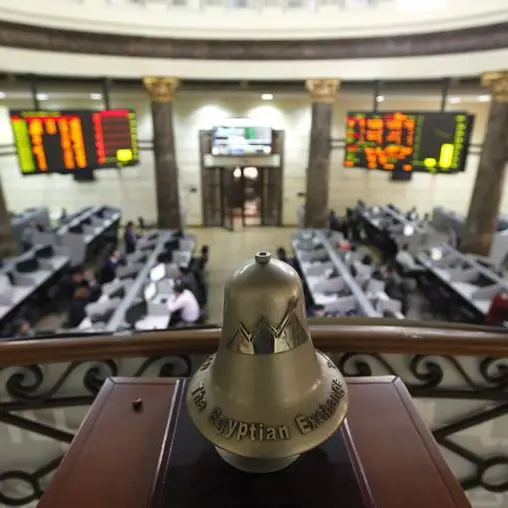PHOTO
LONDON - Investors kicked off a shortened week in subdued mood on Monday with stock benchmarks steady near last week's lifetime highs as looming U.S. inflation data provides the next milestone in the summer rate cut narrative.
The dollar eased, with the threat of currency intervention from Japanese authorities and a government-driven rally in China's yuan weighing on the U.S. currency.
The yen, however, was still within striking distance of a 32-year low as Japan's top currency diplomat said on Monday the currency's weakness did not reflect fundamentals, adding to the rhetoric of government officials who have stepped up warnings in recent days over the currency's decline.
Crude oil prices rose on concerns over tighter global supply brought about by escalating conflicts in the Middle East, and attacks on energy infrastructure in the war between Russia and Ukraine.
The MSCI All Country stock index was down 0.1%, though still only about 5 points below its all-time high of last Thursday.
In Europe, the STOXX index of 600 companies was a touch weaker at 509.4 points after hitting a lifetime high of 510.46 points last Friday. Goldman Sachs raised its 2024 target for the benchmark to 540 from 510, citing potential improvement in economic growth and rate cuts.
On Wall Street, where stock indexes also hit record highs last week, the S&P 500 on Friday ended with its biggest weekly percentage gain of 2024 after the U.S. Federal Reserve stuck with projections for three rate cuts by year's end.
Jason Da Silva, director of global investment strategy at Arbuthnot Latham, said the Fed's comments gave markets some comfort, and that Monday's signs of consolidation in stocks should not be surprising after the momentum seen so far this year.
"The market is just taking in what it's seen in the last week or two, but unless there are any major surprises in either inflation or growth, it's hard to see where the market cracks come through," Da Silva said, adding that he was watching oil prices closely, given the impact any big rise could have on reviving inflationary pressures.
U.S. stock index futures were slightly weaker.
U.S. INFLATION DATA
The main data event of the week will be the U.S. core personal consumption expenditure (PCE) price index on Friday, which is seen rising 0.3% in February, keeping the annual pace at 2.8%. Analysts say that anything higher would be taken as a setback to bets for a Fed rate cut in June.
Many markets are closed for Easter on Friday, when the PCE data is due for release, so the full reaction will have to wait until next week.
Fed Chair Jerome Powell was sufficiently dovish last week to leave futures implying around a 74% chance of a June easing, up from 55% a week earlier.
Powell will participate in a moderated discussion at a policy conference on Friday, while Fed governors Lisa Cook and Christopher Waller are also appearing this week.
Europe has its own inflation tests with consumer price data out from France, Italy, Belgium and Spain, ahead of the overall EU CPI report on April 3.
Sweden's central bank meets on Wednesday and is generally expected to keep rates at 4.0%, though a surprise easing by the Swiss National Bank (SNB) last week has markets anticipating a dovish statement.
In Asia, Japan's Nikkei dipped 1.1%, having spiked 5.6% last week to a fresh all-time peak as the yen weakened.
Even a shift away from super-easy policies by the Bank of Japan (BOJ) could not dent the dollar, as investors assumed it was not the start of a series of hikes and futures imply a rate of just 20 basis points by year end.
The dollar was trading at 151.34 yen, having climbed 1.6% last week to a peak of 151.86. Markets are wary of testing 152.00 as that is a level that has drawn Japanese intervention in the past.
The euro was trading at $1.08145, having been dragged down in the wake of the Swiss franc after the SNB's rate cut.
The strength of the dollar had taken some shine off gold, though the metal was edging higher again to $2,165 an ounce , after hitting a record peak of $2,217.79 last week.
Oil prices were underpinned by Ukraine's attacks on Russian refineries, along with data showing a fall in U.S. rig counts.
Brent rose 0.3% to $85.66 a barrel, while U.S. crude firmed 0.3% to $80.91 per barrel.
(Reporting by Huw Jones in London Additional reporting by Wayne Cole in Sydney Editing by Sam Holmes and Mark Potter)























